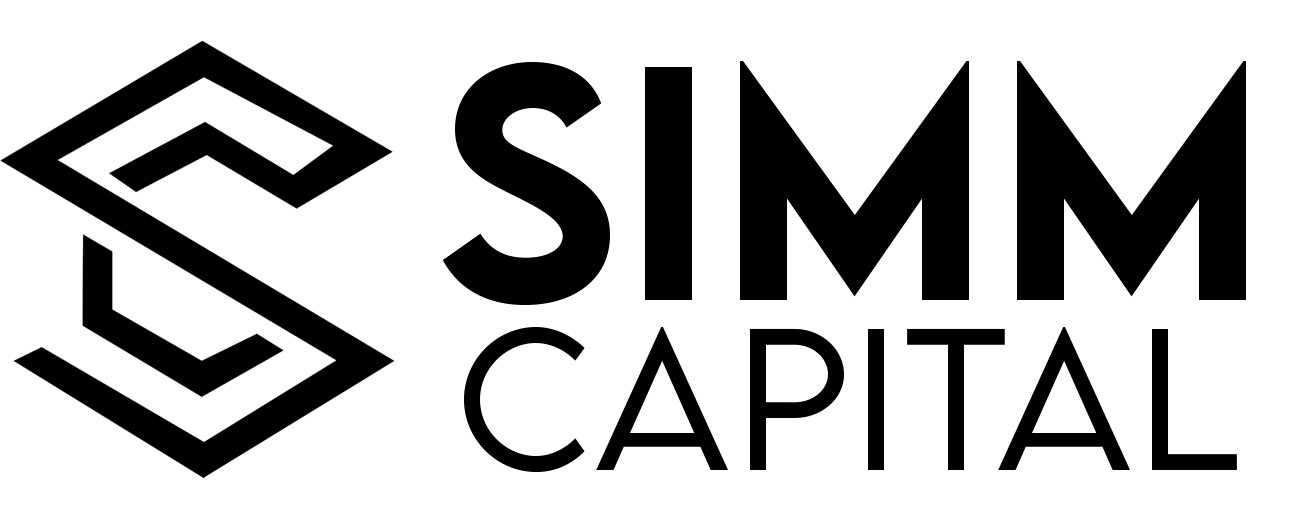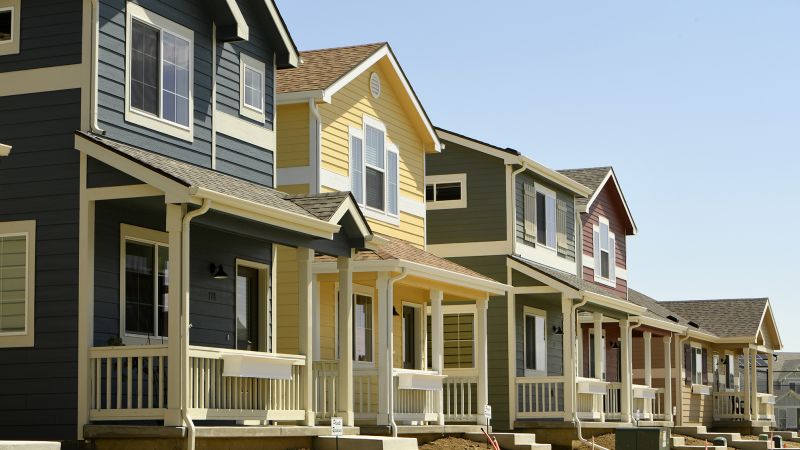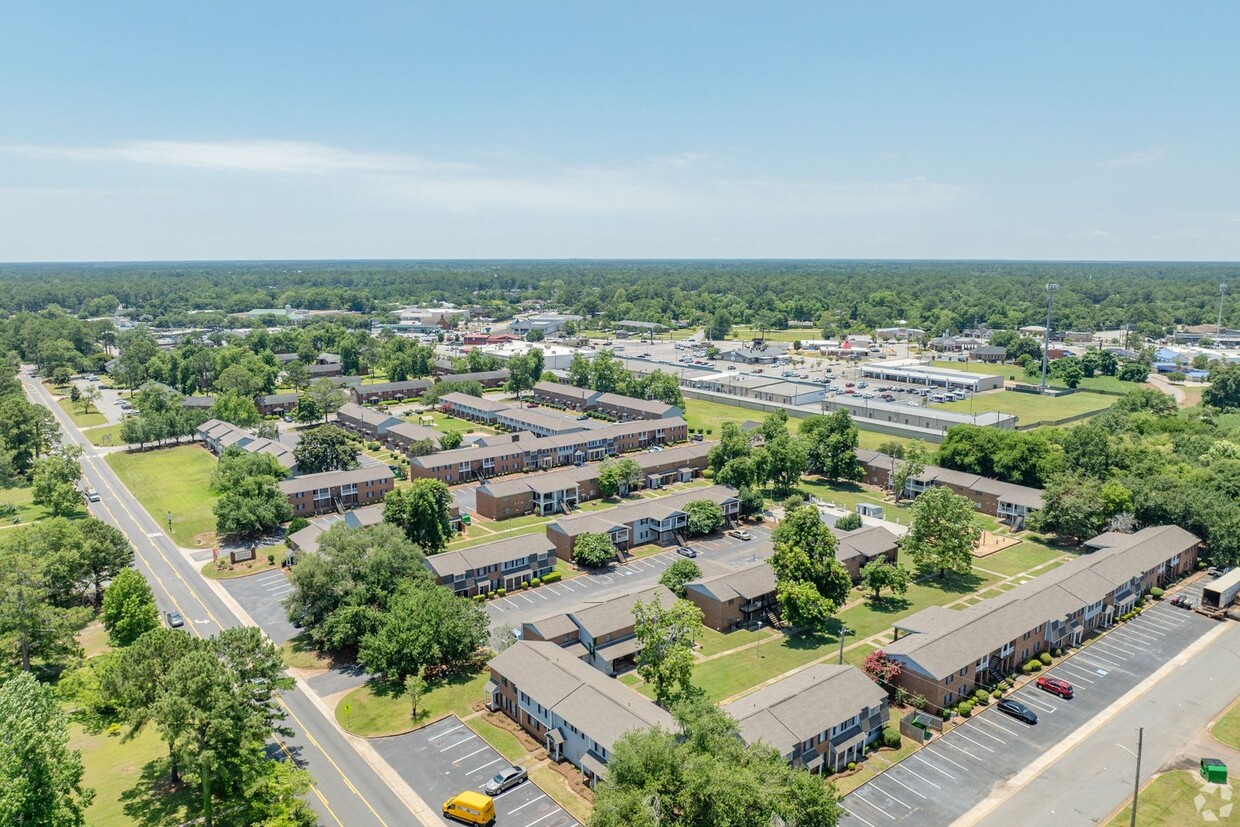Affordable Housing Affords Low Risk Investment
Affordable Housing Affords Low Risk Investment
Residential real estate has long been a popular investment despite its propensity for major market swings; but affordable housing’s potential to better weather these whims remain undervalued by investors. In addition to serving some of the most vulnerable populations, affordable housing is also a unique and untapped investment asset class that can outperform market rate in unstable markets. Residential real estate has long been a popular investment despite its propensity for major market swings; but affordable housing’s potential to better weather these whims remain undervalued by investors. In addition to serving some of the most vulnerable populations, affordable housing is also a unique and untapped investment asset class that can outperform market rate in unstable markets.
Residential real estate has long been a popular investment despite its propensity for major market swings; but affordable housing’s potential to better weather these whims remain undervalued by investors. In addition to serving some of the most vulnerable populations, affordable housing is also a unique and untapped investment asset class that can outperform market rate in unstable markets.
Residential real estate has long been a popular investment despite its propensity for major market swings; but affordable housing’s potential to better weather these whims remain undervalued by investors. In addition to serving some of the most vulnerable populations, affordable housing is also a unique and untapped investment asset class that can outperform market rate in unstable markets.
While investment typically follows the basic economic principle that the opportunity for high yields come from taking more risk, affordable housing remains an exception. Some of the largest risks associated with investing in real estate include demand and default—two risk factors mostly eliminated when investing in subsidized, affordable housing.
Demand
Affordable housing has been in short supply for decades across the United States; chronically unable to meet the demand of lower income individuals and families. This unwavering demand does not exist in the commercial nor luxury real estate spaces. In fact, not only do we already need significantly more affordable housing, the US is poised to lose more than 2.2 million publicly supported rental homes in the next 20 years, further increasing demand. Such consistent and continued need affords an unprecedented level of stability, even, and perhaps especially, amidst economic downturns.
These assets also report higher occupancy rates than market rate housing. Hudson Valley Preservation Fund’s portfolio in the NYC metropolitan statistical area (MSA), which consists exclusively of affordable, subsidized multifamily housing, was consistently above 98% occupancy throughout 2020, and even went above 99% in Q3 when we saw market rate occupancies drop as the pandemic continued. By comparison, market rate occupancy in the same NYC MSA fell to just over 94%.
Default
Affordable housing preservation, and more specifically, project-based Section 8 that is secured by the federal government, virtually removes the risk of default and guarantees rent collections. HVPF’s portfolio averaged nearly 99% in collections from March 2020 through June 2021. During the height of the pandemic, we saw the markets crash in such a way only comparable to the Great Recession; from which real estate as a whole experienced significant hardship, but subsidized housing was relatively unaffected. In fact, we have seen consistent performance throughout market cycles. Historically, projects funded by the Low Income Housing Tax Credit (LIHTC) program have a foreclosure rate below 1%, a trend that continued from 2007 – 2015 when conventional multifamily delinquency rates rose as high as 6% at the height of the Great Recession. We are seeing similar stability in the subsidized and LIHTC portfolio during the pandemic, unlike the typical real estate market reactions to interest rates, stock markets or other indicators.
Impact
Another standard of investing proven false by affordable housing is that socially conscious investments yield a discounted return. With more investors factoring in ESG and the social impact of their investment dollars, affordable housing provides no discount on returns while directly uplifting distressed communities. Stable, decent housing is linked to better education, health outcomes, and economic opportunities by fostering a secure and safe foundation that residents can build upon for a better life. The preservation of affordable housing creates additional community benefit by providing local jobs, further stimulating local economies.
Barriers to entry
So this begs the question: Why is such a stable and secure investment not more widely incorporated into institutional investment portfolios? The reality is that affordable housing has a number of high barriers to entry, making it challenging for those without extensive knowledge or experience to leverage these public and private partnerships and programs. Complexities and regulatory hurdles implicit to the industry make the navigation of local and federal programs incredibly difficult. Relationships with local and federal politicians, agencies, policy advisors and other elected officials are necessary to the success of the manager; these relationships make strategic navigation of the complex bureaucracies, meeting closing deadlines, and getting public approval for projects possible.
Some investors perceive these additional requirements as carrying more risk and, dually so, might be deterred. However, firms already immersed in the affordable housing ecosystem, with a proven understanding of, and approach to, marrying private capital and public funding are very well equipped to identify and work within this asset class. Investors have tremendous opportunities to leverage the unique expertise and agency relationships that these firms have spent years cultivating, making entry to this niche market less daunting. In fact, we are starting to see growing investment interest and deal competition, which supports the trend and mirrors that of other more recently matured real estate categories, such as student housing.
Understanding the opportunity means considering subsidized affordable housing as its own unique investment asset class, that is virtually impervious to the larger fluctuations of the market. It is absolutely possible, and undoubtedly smart, to earn stable, positive returns, all while positively changing the lives of people who call it home.
Real Estate – The safest investment in the world. Why venture down this road alone. Rely on those that know the business, We live it and breath it – at SIMM Capital our investment strategy is to give everyone the chance to build wealth through real estate. We seek the best assets that hold the largest opportunities to improve on management and value, while delivering in rent growth year over year that will result in high quality returns. We know the business. To see how we can help you click the link – www.simminc.com




Recent comments